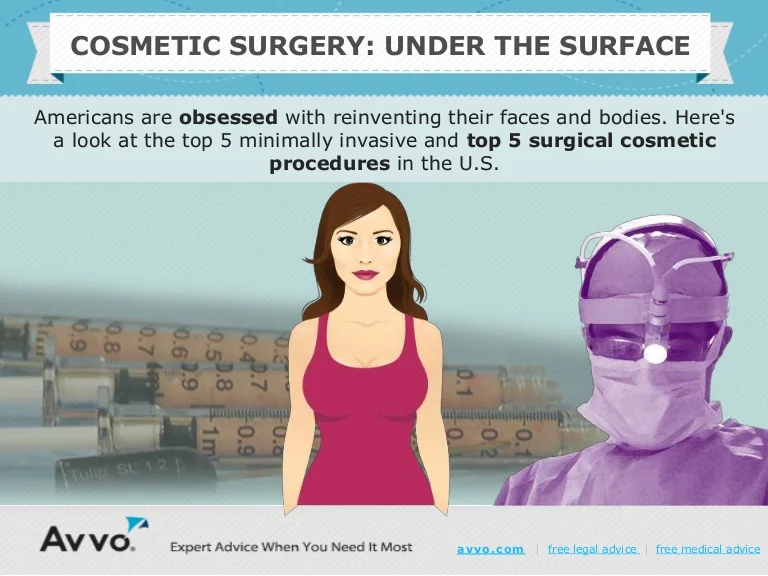Hormonal Acne
Hormonal Acne
Blog Article
Ideal Active Ingredients For Acne-Prone Skin
Benzoyl peroxide kills bacteria that trigger acne and assists eliminate excess oil. It likewise aids lower the look of dark places that linger after pimples clear.
Skip ingredients that clog pores, like mineral oils, and choose moisturizing components that aid smooth skin. Seek these 4 ideal anti-acne active ingredients.
Willow Bark Remove
Willow bark remove is an all-natural resource of salicylic acid. When made use of at aesthetic focus, it can create a comparable result as artificial salicylic acid without its downsides (mostly irritability).
The remove has prodrug salicin, which is swiftly metabolized to the energetic substance, acetylsalicylate. Its anti-inflammatory and analgesic results originate from this metabolite, in addition to various other chemical elements of the plant such as phenolic acids, flavonoids, and polyphenols.
It likewise has sedative buildings, that make it efficient in dealing with persistent pain and rheumatic conditions such as osteoarthritis. However, because it contains chemicals that mimic pain killers, individuals that have a recognized allergy to aspirin should avoid willow bark supplements. It can additionally connect with a variety of drugs, including aspirin and other nonsteroidal anti-inflammatory drugs (NSAIDs) and cyclooxygenase preventions, such as advil (Advil, Motrin), and may enhance the risk of stomach bleeding. It can additionally connect with some diuretics (water tablets) and can boost blood levels of certain drugs, such as phenytoin (Dilantin).
Kaolin
Lengthy prior to AHAs, BHAs and many other ingredients, beauty fanatics turned to among the most effective ingredients to aid stop breakouts: kaolin. Kaolin clay is naturally adsorbent, which aids to draw excess oil and pollutants from skin. It is used in make-up, cosmetics, spa body therapies, and as a mild rough in toothpaste. It's additionally utilized in veterinary medical items to treat digestive concerns and in plasters for treating injuries.
This mineral clay can be white, yellow, pink or red (red kaolin shows a high concentration of iron oxide) and is frequently blended with environment-friendly tea delegates form a comforting face mask. It can likewise be discovered in facial cleansers and is specifically helpful for those with combination or oily skin.
Geige advises trying to find easy solutions without pore-clogging components, such as alcohol, which can cause your skin to overproduce oil in an effort to compensate, leading to outbreaks. Instead, look for an item that contains fatty alcohols like cetyl or shea, as these are much less drying out.
Sodium Ascorbyl Phosphate (Vitamin C).
Salt Ascorbyl Phosphate (or SAP, for brief) is the "badass natural acne therapy" nobody's talking about. It's a water-soluble type of Vitamin C that can be used in greater concentrations than its older brother, L-Ascorbic Acid, without coming to be unsteady or oxidizing quickly.
Research study shows that it has antioxidant buildings and can help in reducing discoloration. It can additionally be effective at rebalancing sebum manufacturing and battling acne-causing bacteria.
Specialists agree that skin with acne need to be treated with components that both scrub and relieve. Look for items that include alpha and beta hydroxy acids (AHAs) to break down dead skin cells and unblock pores, as well as anti-inflammatory components like niacinamide. Also, try to find oil-free, non-comedogenic moisturizers that do not clog pores. You'll additionally want to include ingredients that work at killing microorganisms, such as zinc sulphate and benzoyl peroxide. Lastly, do not use active ingredients that contain occlusive representatives, such as dimethicone and cyclomethicone, which can create an oily film on the skin and blockage pores.
Aloe Vera.
There are a handful of scientifically verified active ingredients-- like salicylic acid, benzoyl peroxide, retinoids and niacinamide-- that have been revealed to help deal with acne by unclogging pores, eliminating germs, regulating oil and speeding up skin cell turn over. More all-natural alternatives like tea tree oil and aloe vera also have antimicrobial, anti-inflammatory and comforting residential or commercial properties.
Called the 'plant of immortality,' Aloe vera is a deep eco-friendly cactus-like plant which contains a gel inside its leaves and can be discovered in sunburn remedies, cosmetic items and tonics that promote stomach health. top rated beauty and med spas with 5 star reviews However the plant is also renowned for its pharmacological and medical properties, and scientists at the Royal Botanic Gardens in southwest London are exploring its many declared healing benefits-- including the anti-inflammatory building of the gel inside the leaf, the capability to manage blood sugar and cholesterol levels and its function as a reliable burn wound therapist. They are additionally delving into the plant's transformative background to determine what various other plants it could be closely related to that might share several of its useful homes.